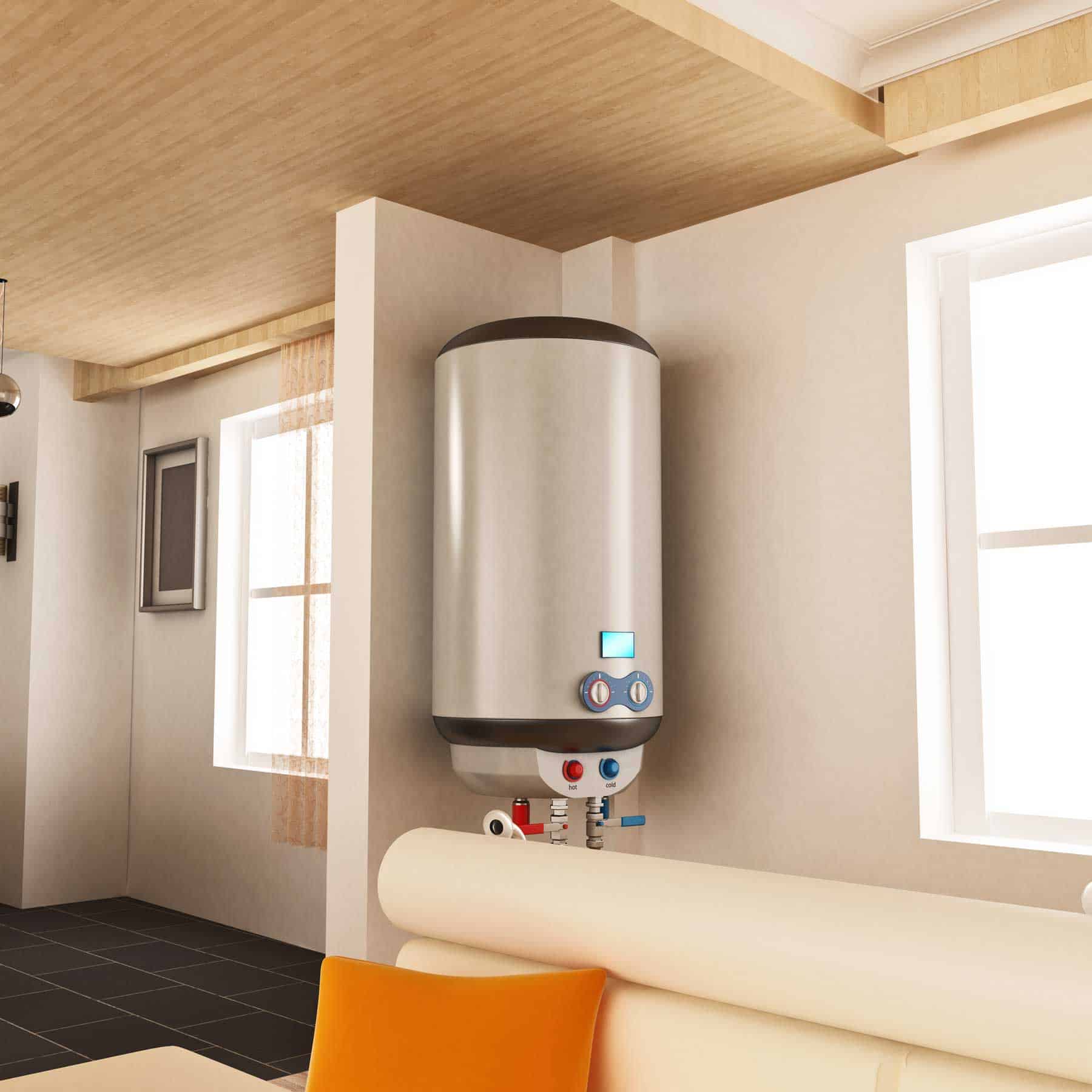Useful Techniques for Caring for Your Home's Hot Water System
Useful Techniques for Caring for Your Home's Hot Water System
Blog Article
What are your insights and beliefs about Water Heater Maintenance Tips You Can't Afford to Forget?
Warm water is vital for everyday convenience, whether it's for a revitalizing shower or washing dishes. To guarantee your hot water system runs efficiently and lasts much longer, routine maintenance is key. This article gives sensible pointers and insights on how to keep your home's hot water system to stay clear of interruptions and costly fixings.
Intro
Maintaining your home's warm water system may appear difficult, but with a couple of easy actions, you can ensure it runs smoothly for years ahead. This guide covers every little thing from comprehending your warm water system to DIY upkeep ideas and recognizing when to employ professional aid.
Importance of Keeping Your Hot Water System
Routine upkeep not only expands the lifespan of your warm water system but likewise guarantees it operates effectively. Neglecting maintenance can bring about reduced performance, higher energy costs, and even premature failing of the system.
Indications Your Warm Water System Needs Upkeep
Recognizing when your warm water system needs focus can prevent significant concerns. Look out for indications such as irregular water temperature level, odd sounds from the heating unit, or corroded water.
Comprehending Your Warm Water System
Before diving into upkeep jobs, it's useful to comprehend the standard components of your hot water system. Usually, this consists of the hot water heater itself, pipes, anode rods, and temperature controls.
Regular Monthly Upkeep Tasks
Normal month-to-month checks can help catch minor problems prior to they rise.
Purging the Water Heater
Purging your hot water heater gets rid of debris build-up, boosting performance and prolonging its life.
Monitoring and Replacing Anode Rods
Anode rods prevent rust inside the storage tank. Checking and changing them when worn is vital.
Evaluating and Readjusting Temperature Level Setups
Readjusting the temperature level setups makes sure optimum efficiency and safety and security.
Do It Yourself Tips for Upkeep
You can do a number of upkeep tasks yourself to keep your warm water system in leading problem.
Looking for Leaks
On a regular basis check pipes and connections for leaks, as these can lead to water damages and greater expenses.
Evaluating Pressure Alleviation Valves
Examining the stress safety valve ensures it functions correctly and protects against too much pressure buildup.
Insulating Pipelines
Shielding warm water pipes lowers warmth loss and can conserve energy.
When to Call a Professional
While do it yourself upkeep is helpful, some problems need expert expertise.
Facility Problems Requiring Specialist Assistance
Examples include significant leaks, electrical troubles, or if your hot water heater is constantly underperforming.
Routine Professional Upkeep Conveniences
Expert maintenance can consist of detailed examinations, tune-ups, and making sure compliance with safety criteria.
Final thought
Routine maintenance of your home's warm water system is important for efficiency, long life, and cost financial savings. By complying with these tips and recognizing when to seek specialist assistance, you can guarantee a dependable supply of hot water without unforeseen disruptions.
How to Maintain an Instant Hot Water Heater
Before tinkering with your hot water heater, make sure that it’s not powered on. You also have to turn off the main circuit breaker and shut off the main gas line to prevent accidents. Also turn off the water valves connected to your unit to prevent water from flowing into and out of the appliance. 2. When you’re done, you have to detach the purge valves’ caps. These look like the letter “T†and are situated on either side of the water valves. Doing so will release any pressure that has accumulated inside the valves while at the same time avoid hot water from shooting out and burning your skin. 3. When the purge valves’ caps are removed, you have to connect your hosing lines to the valves. Your unit should have come with three hoses but if it didn’t, you can purchase these things from any hardware or home repair shops. You can also get them from retail stores that sell water heating systems. Read the user’s manual and follow it to complete this task properly. When the hosing lines are connected, open the purge port’s valves. 4. You should never use harsh chemical cleaners or solutions when cleaning your unit. Make use of white vinegar instead. It should be undiluted and you’ll probably use about 2 gallons. 5. Now flush your water heater. This task should probably take about 40 minutes. We can’t give you specific directions for this because the procedure is carried out depending on the type, model and brand of your heater. With that being said, refer to the user’s manual. 6. When you’re done draining the unit, you have to turn off the purge port valves again. Remove the hosing lines that you earlier installed on each of the water valves. Put the valve caps (purge port) back in their respective places and be very careful so as not to damage the rubber discs that are found inside these caps. 7. Now that everything’s back in place, check your user’s manual again to find out how to reactivate your water heating system. 8. Once it is working, turn one of your hot water faucets on just to let air pass through the heater’s water supply pipes. Leave the tap on until water flows smoothly out of it. https://www.orrplumbing.com/blog/2014/september/how-to-maintain-an-instant-hot-water-heater/

I discovered that piece about How to Maintain a Hot Water Heater in a Few Simple Steps while doing a lookup on the internet. Sharing is nice. You won't know, you could be doing someone a favor. I cherish reading our article about Tips For Maintaining Your Hot Water Heater.
Check It Out Report this page